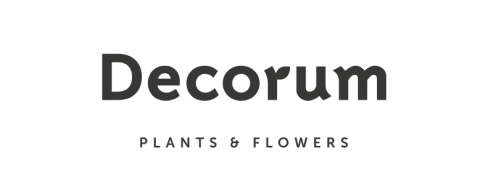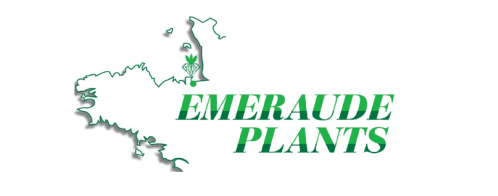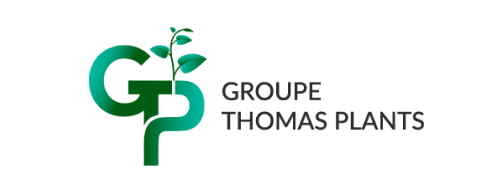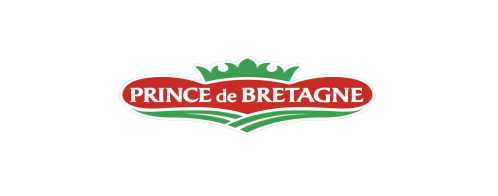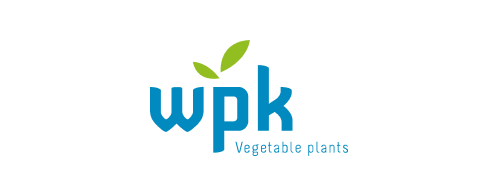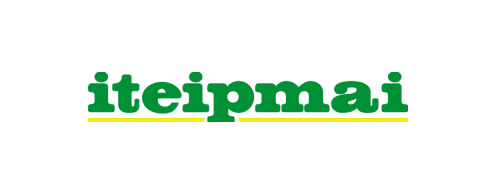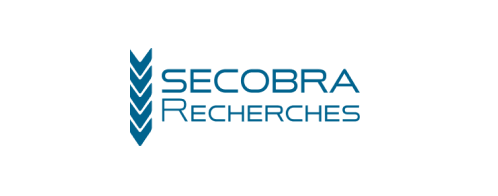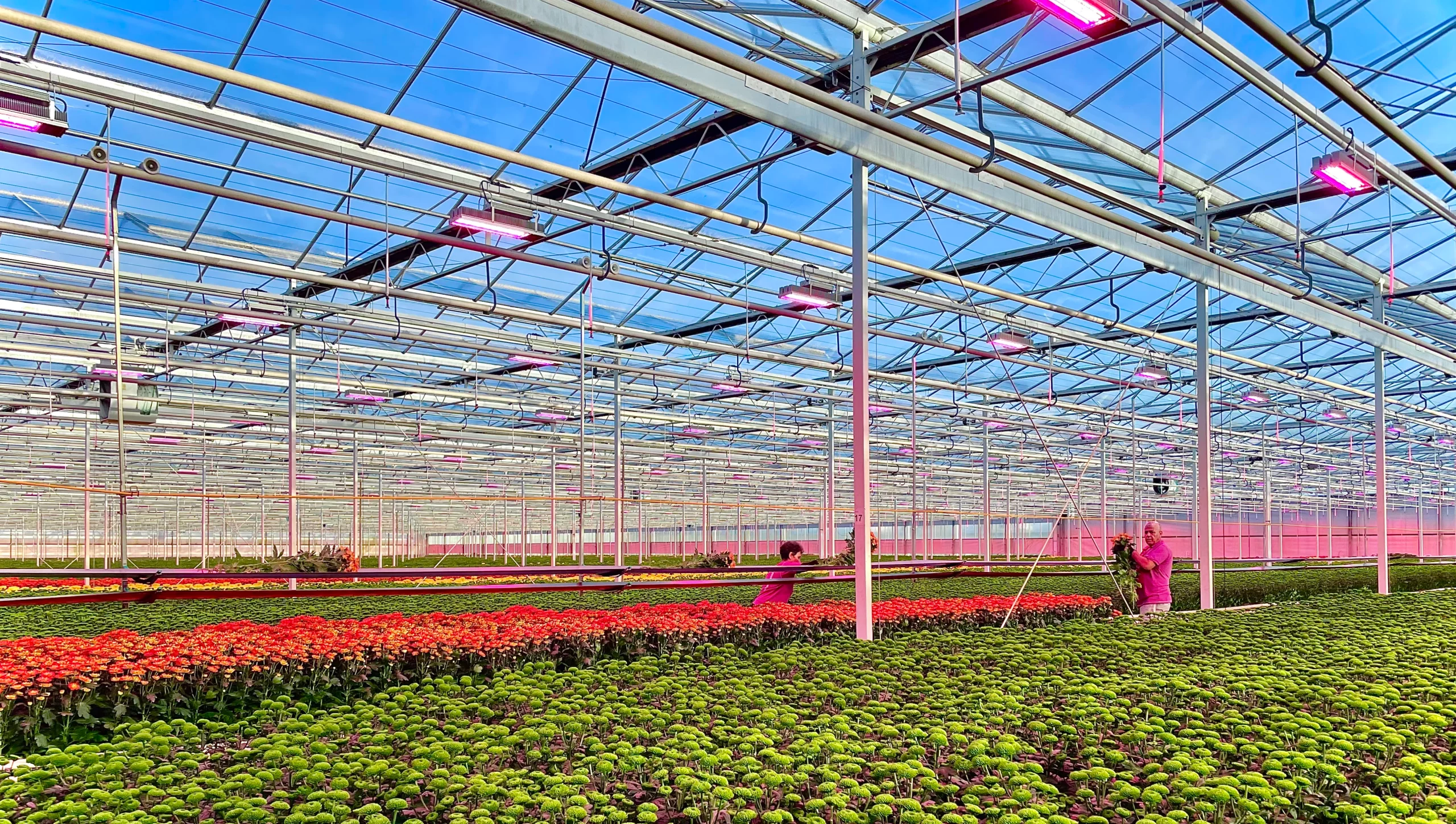
RED T
The perfect horticultural LED lighting solution,
for all conditions
The RED T series represents a culmination of technological innovations. Designed to be efficient, flexible and durable, this smart horticulture lighting is the perfect partner to enhance your yields, shorten production cycles, and optimize the quality of your harvests throughout the year.
Ideal for all greenhouse and indoor crops, the RED T series has been engineered for a straightforward and swift replacement of your HPS installations.
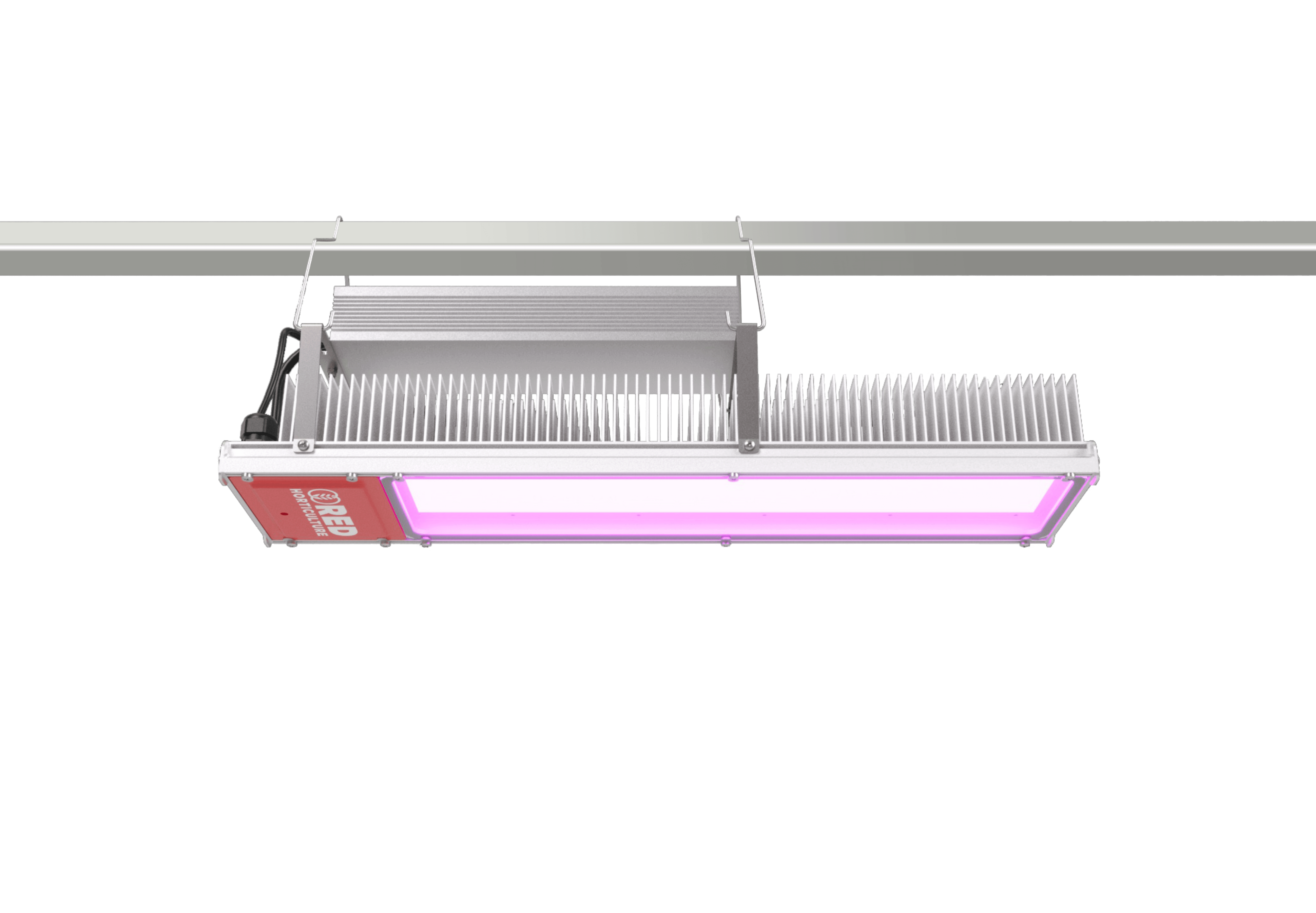
3 Key Advantages of RED T
4 Power Levels
For a simplified replacement of your HPS lighting.
3,5 µmol/J
Market-leading efficiency to maximize performance.
4 Colors
4 individually controllable wavelengths, including far-red.
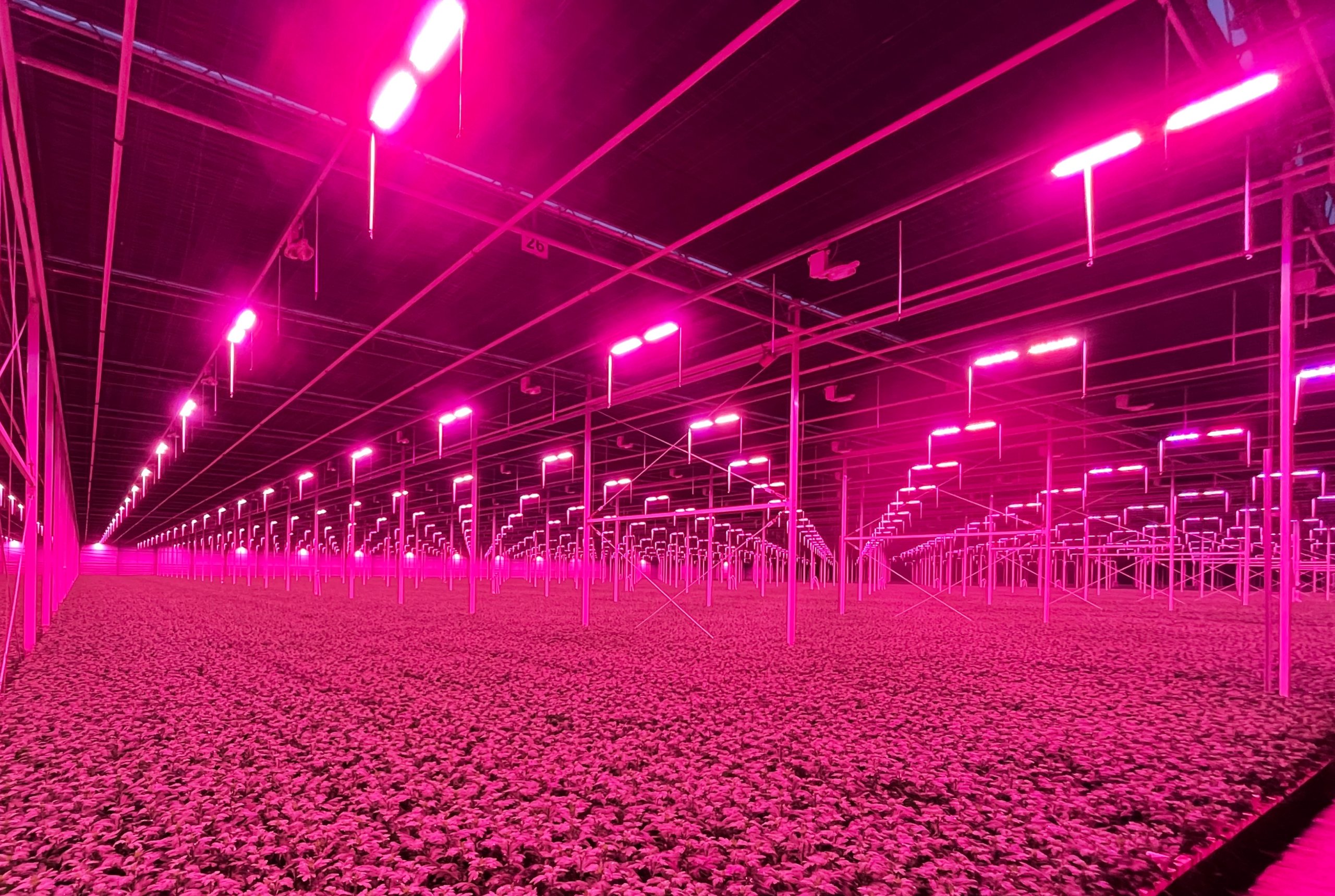
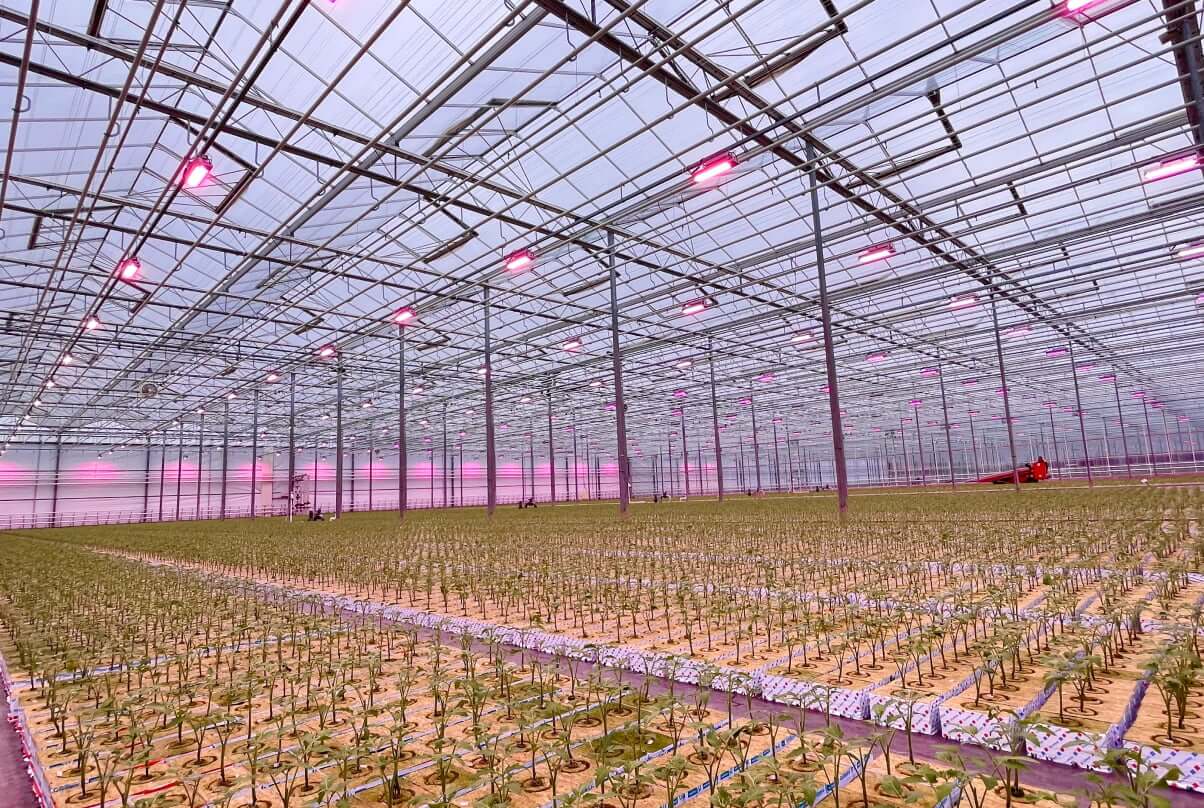
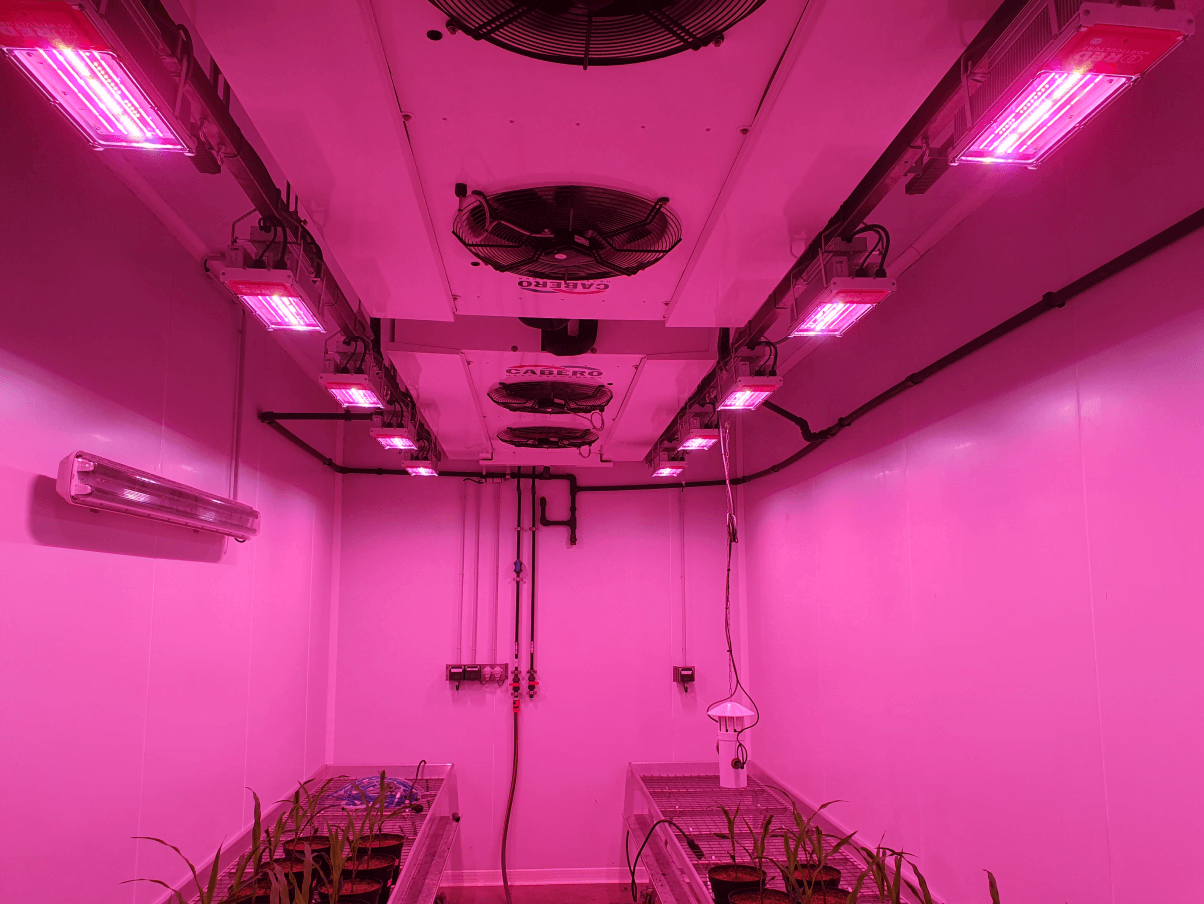

This greenhouse LED lighting system is our most powerful model in the RED T series. Replace your 1000W HPS lighting on a 1:1 basis and double your light intensity. An ideal horticultural toplight for reducing installation costs in high-wire crop systems.
This horticulture LED lighting system is the ideal solution for high-wire crops and plants requiring high light intensity. Double your light intensity while maintaining the same energy consumption as a 600W HPS. The RED T680 is designed to promote energy savings while delivering greater light intensity than a 1000W HPS.
This LED top light is the perfect choice for installations with moderate light intensity requirements and limited available height. RED T320 lighting is particularly suitable for increasing light intensity, reducing consumption compared to a 400W HPS, and providing an equivalent replacement for a 600W HPS.
This LED light is perfect for installations with minimal clearance between the plants and the luminaire, as well as for indoor spaces with low light intensity requirements. It serves as an ideal replacement for a 400W HPS.
Fix, Dim, Max: Gradually upgrading to full control
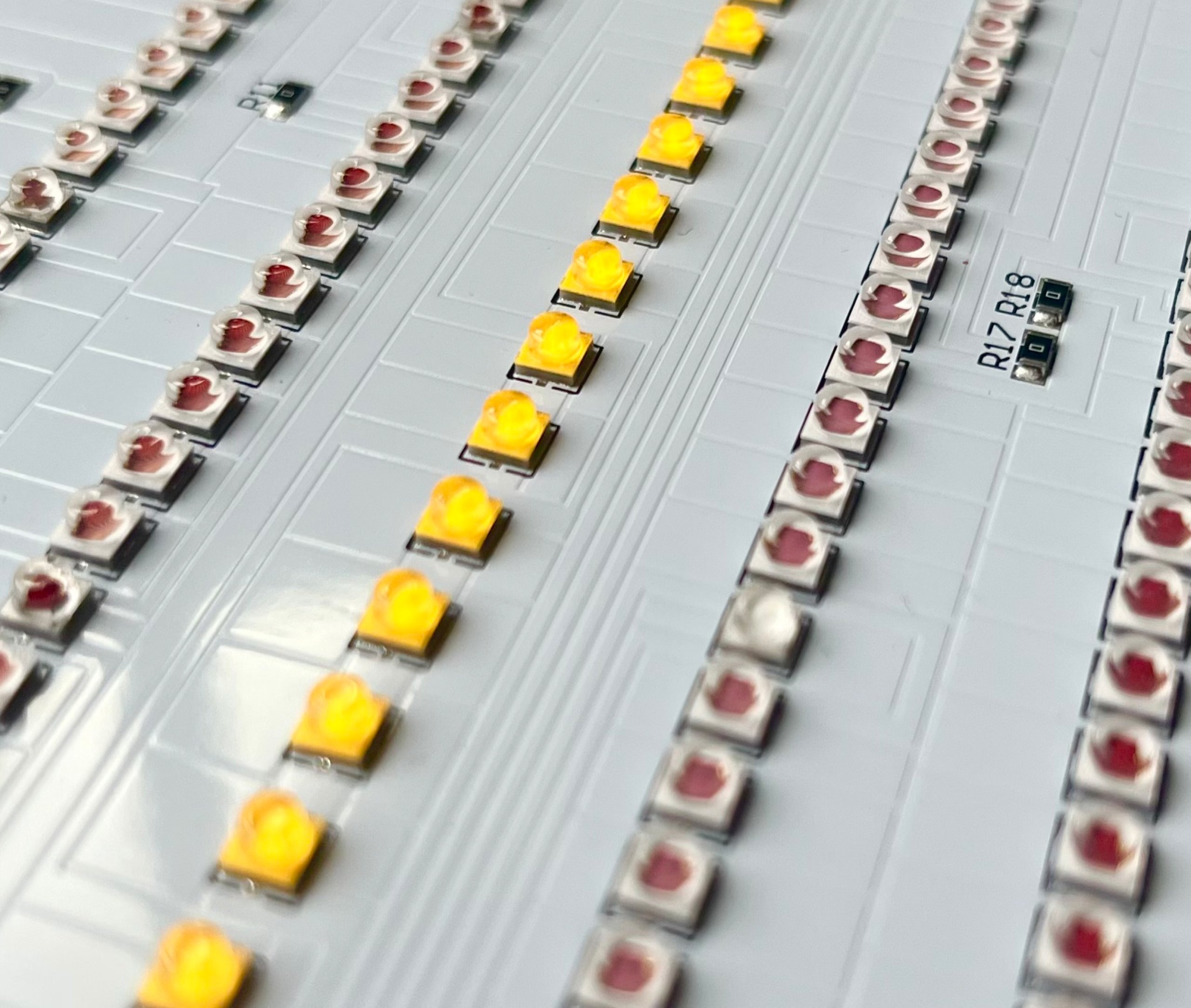
Unrivaled efficiency
In 2022, RED Horticulture entered into an exclusive partnership with CREE LED, a leading American company in the LED light market. Through the combination of advanced LED components, flawless passive thermal management and advanced electronic control, we guarantee you extremely efficient lighting. Your plants benefit from an optimal light source while minimizing energy consumption.
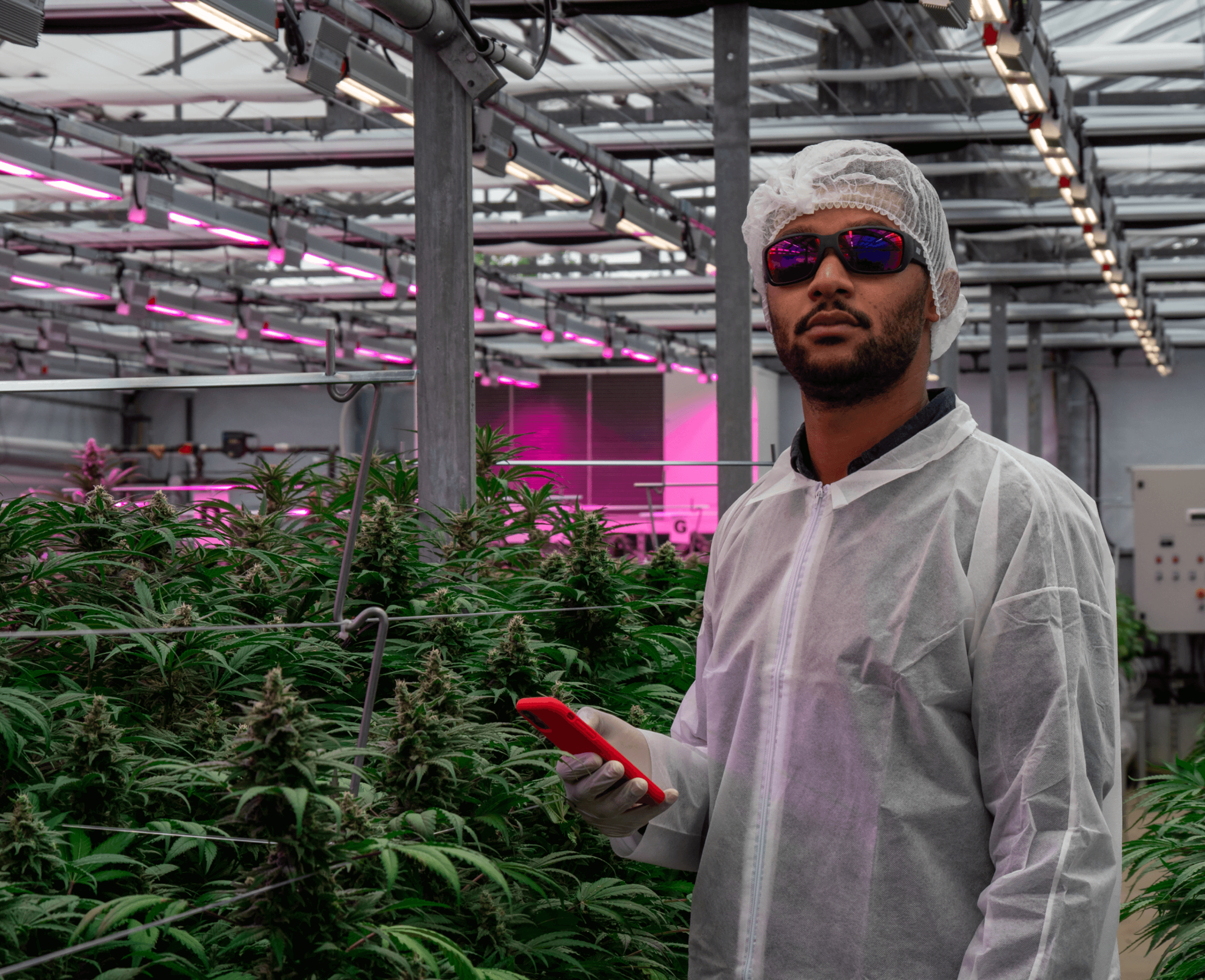
Dynamic spectrum: the right light, at the right time
Every production is unique. Thanks to its 4 individually controllable wavelengths (blue, green, red and far-red), RED T dynamically adjusts its light spectrum and intensity accurately according to your crop, its growth stage and its environment.
The result: perfect LED lighting that maximizes plant response and precise control of electrical power consumption. From the library of lighting strategies available in MyRED, you can select and optimize your greenhouse LED lighting in real-time and monitor your light data wherever you are with the mobile app. Discover MyRED.
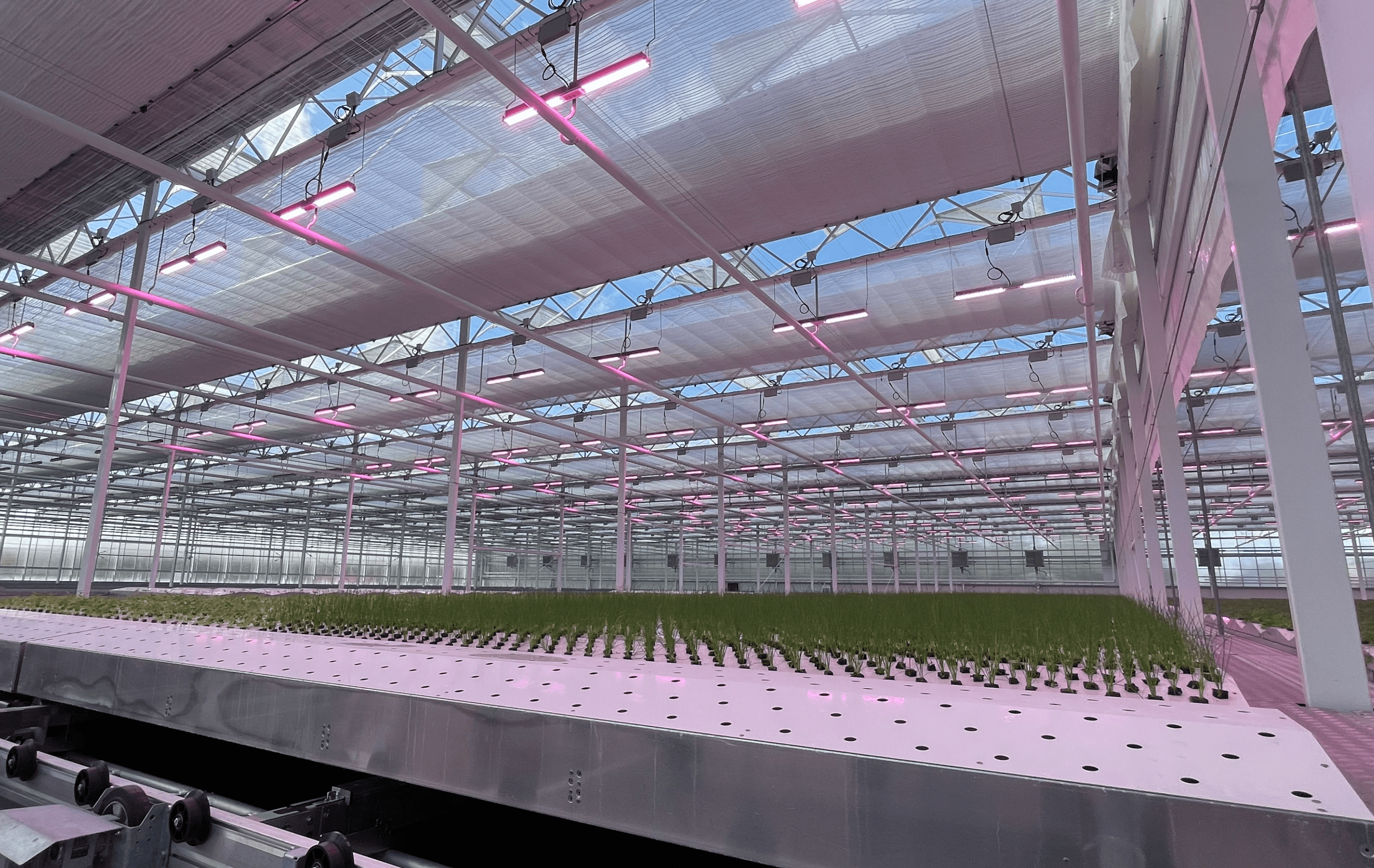
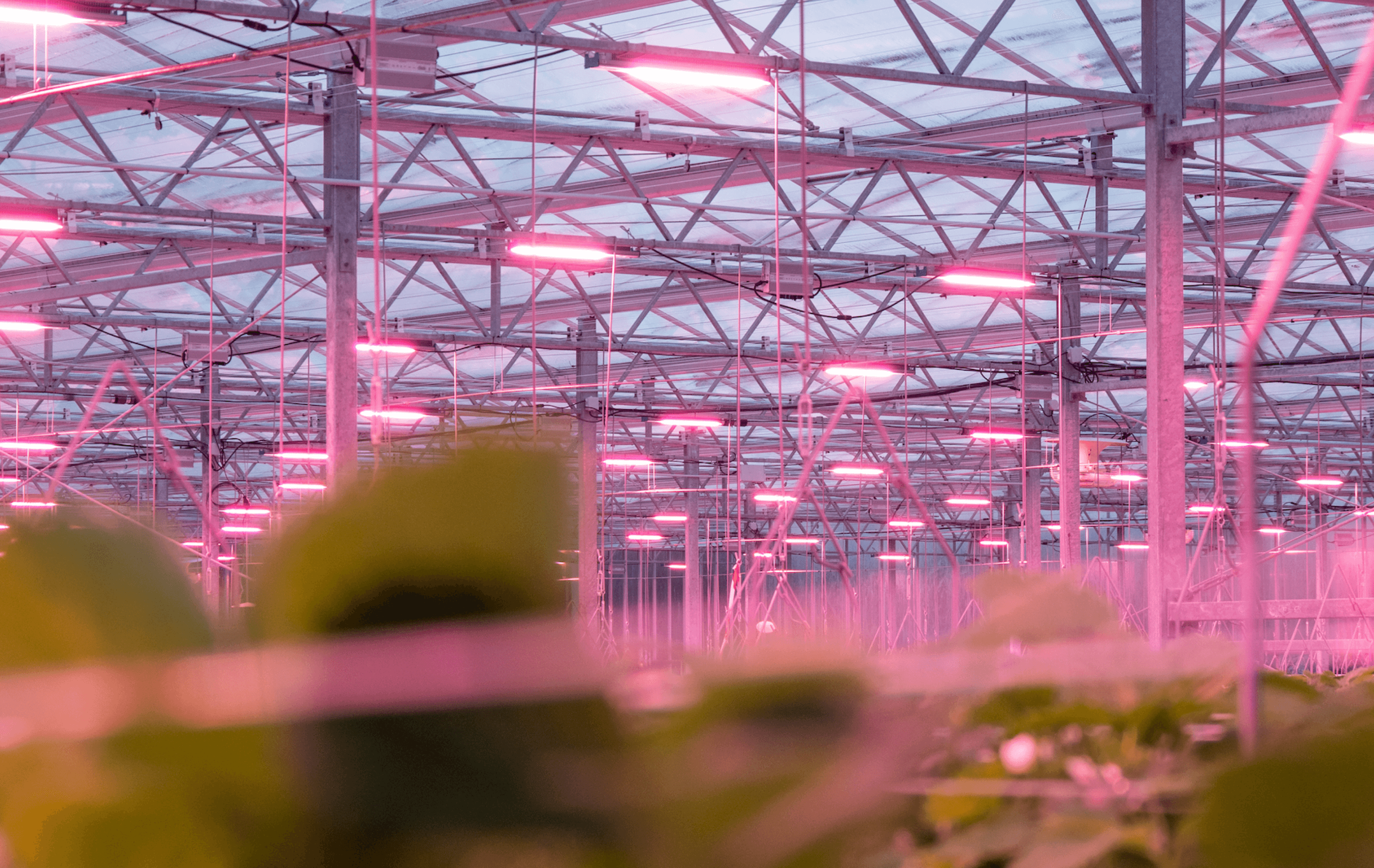
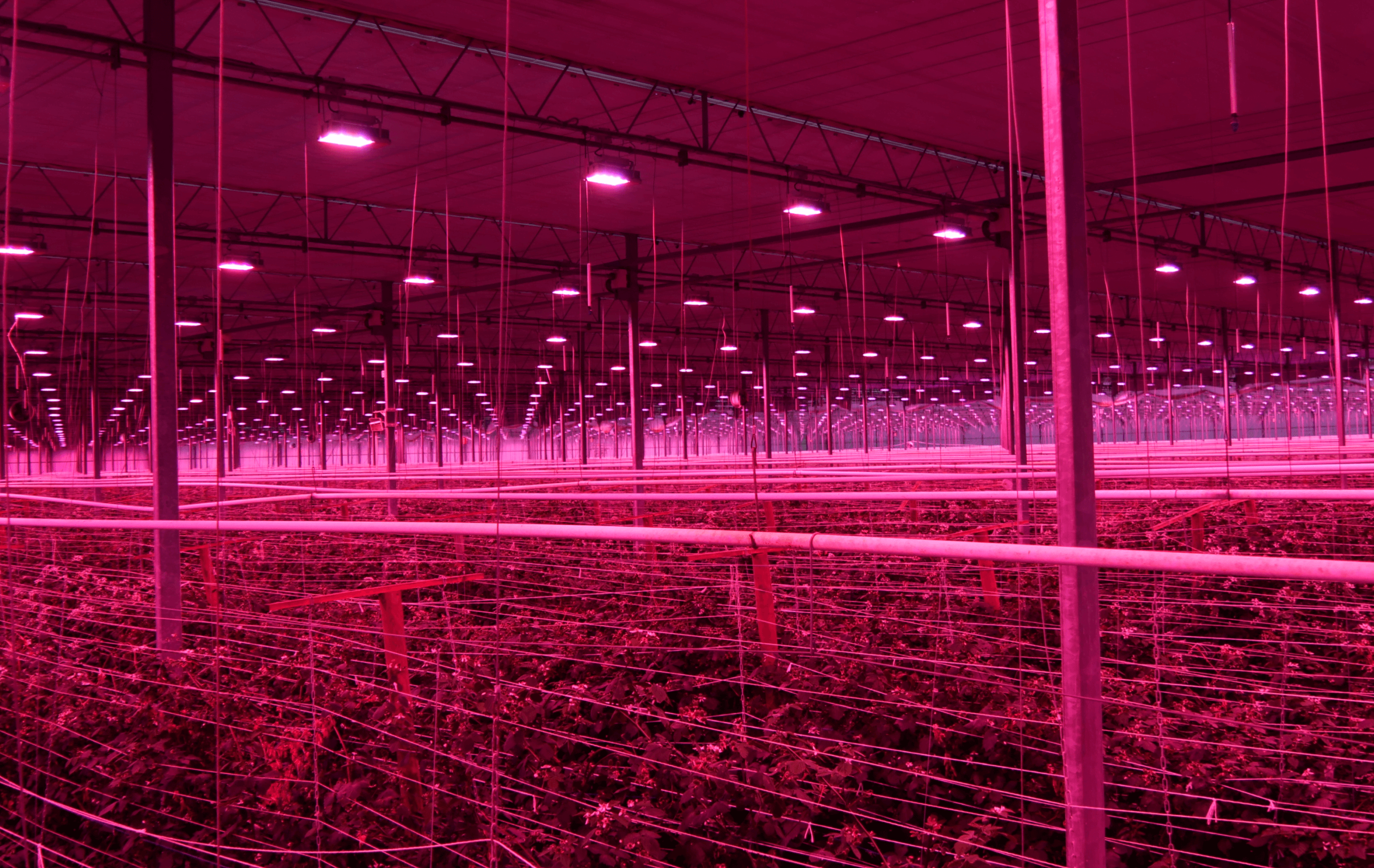
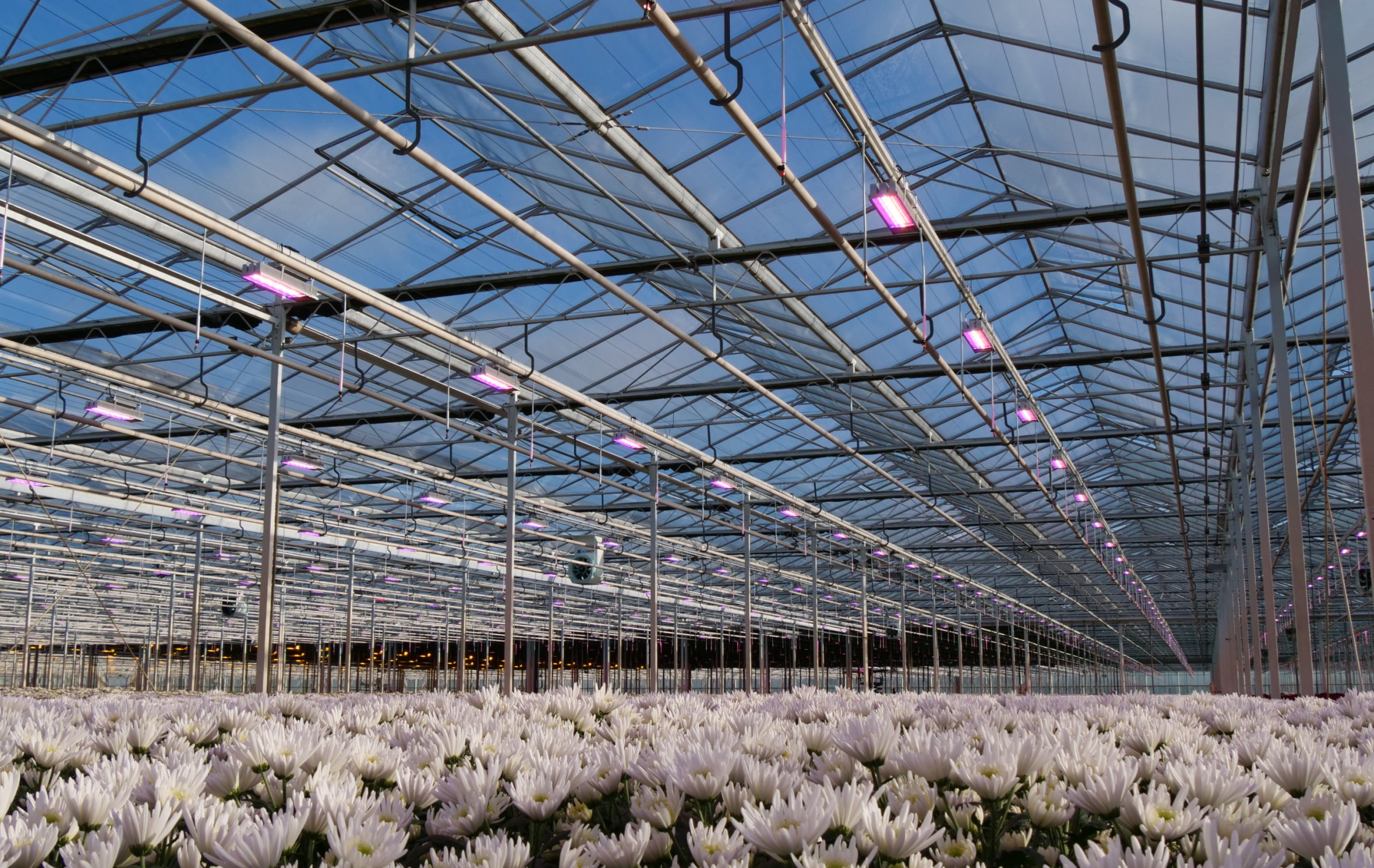
Flip the switch
Plug and play, the RED T series seamlessly integrates into the location of your current HPS lighting, regardless of your facility’s configuration. Thanks to our quick attachments, connectors and wireless communication system, transitioning to our RED greenhouse LED lighting technology is a snap. Our low inrush current driver even allows you to retain your existing electrical network.
Built rugged for greenhouse duty
Certified IP66, tested against phytosanitary products and designed to withstand the most demanding environments, our RED T series ensures uncompromising robustness. Our LED luminaires, the most compact on the market, minimize shadowing on the crops thanks to a patented dissipation system. The choice of optics, whether 115° or 150°, does not impact its efficiency and ensures perfect light distribution on your crops, regardless of the installation height.
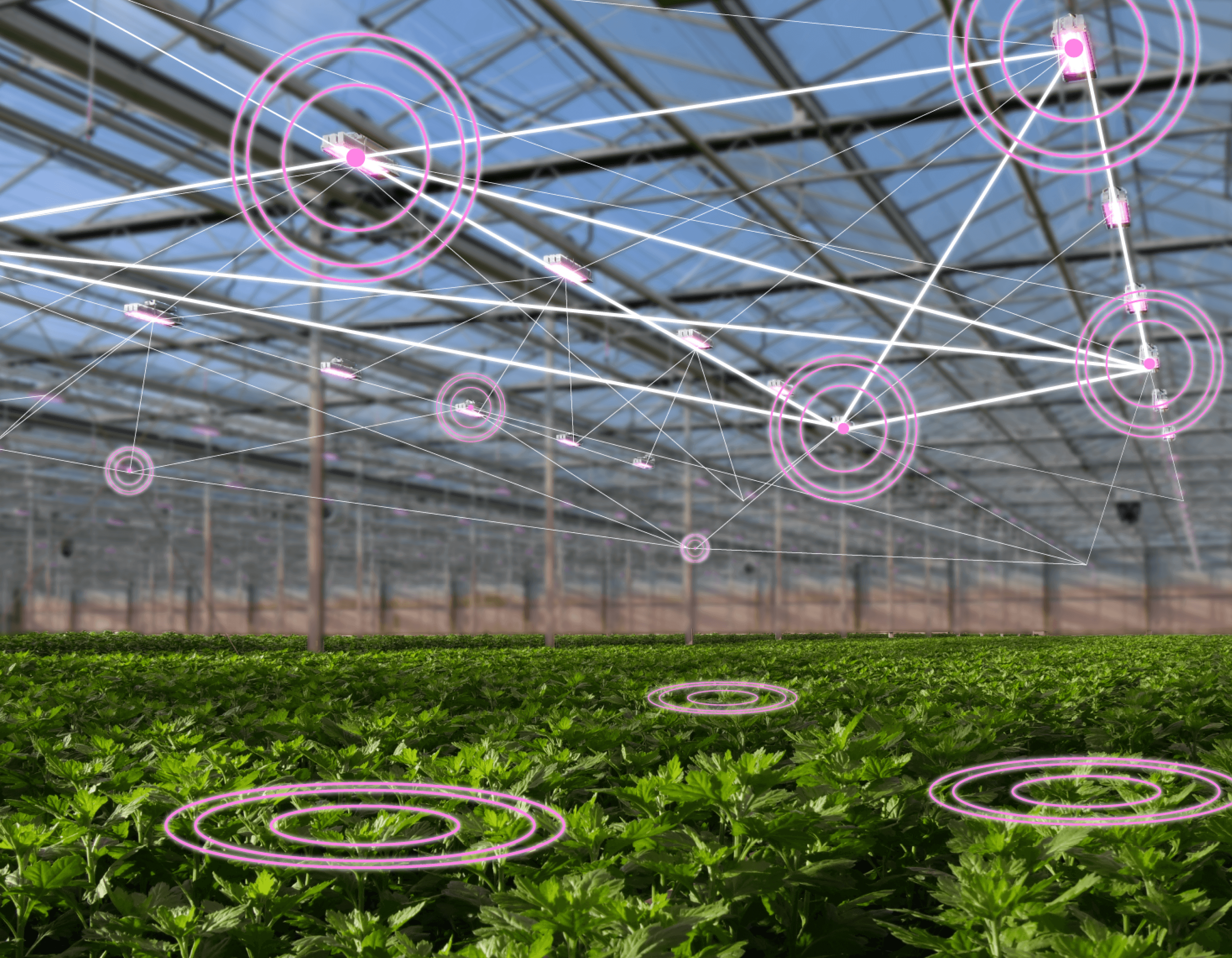
RED Mesh network
Developed in collaboration with our greenhouse customers and rigorously tested, RED Mesh allows you to control thousands of RED T luminaires in seconds, without requiring additional wiring during installation. This innovative system uses a reliable and highly efficient proprietary wireless control protocol.
At the core of the RED’s LED lighting solution for greenhouses, RED Mesh is a bi-directional exchange platform that provides instant communication of all instructions to the luminaires. It also serves as a feedback channel, opening up new possibilities for dynamic LED lighting.
They go further with photobiology.


